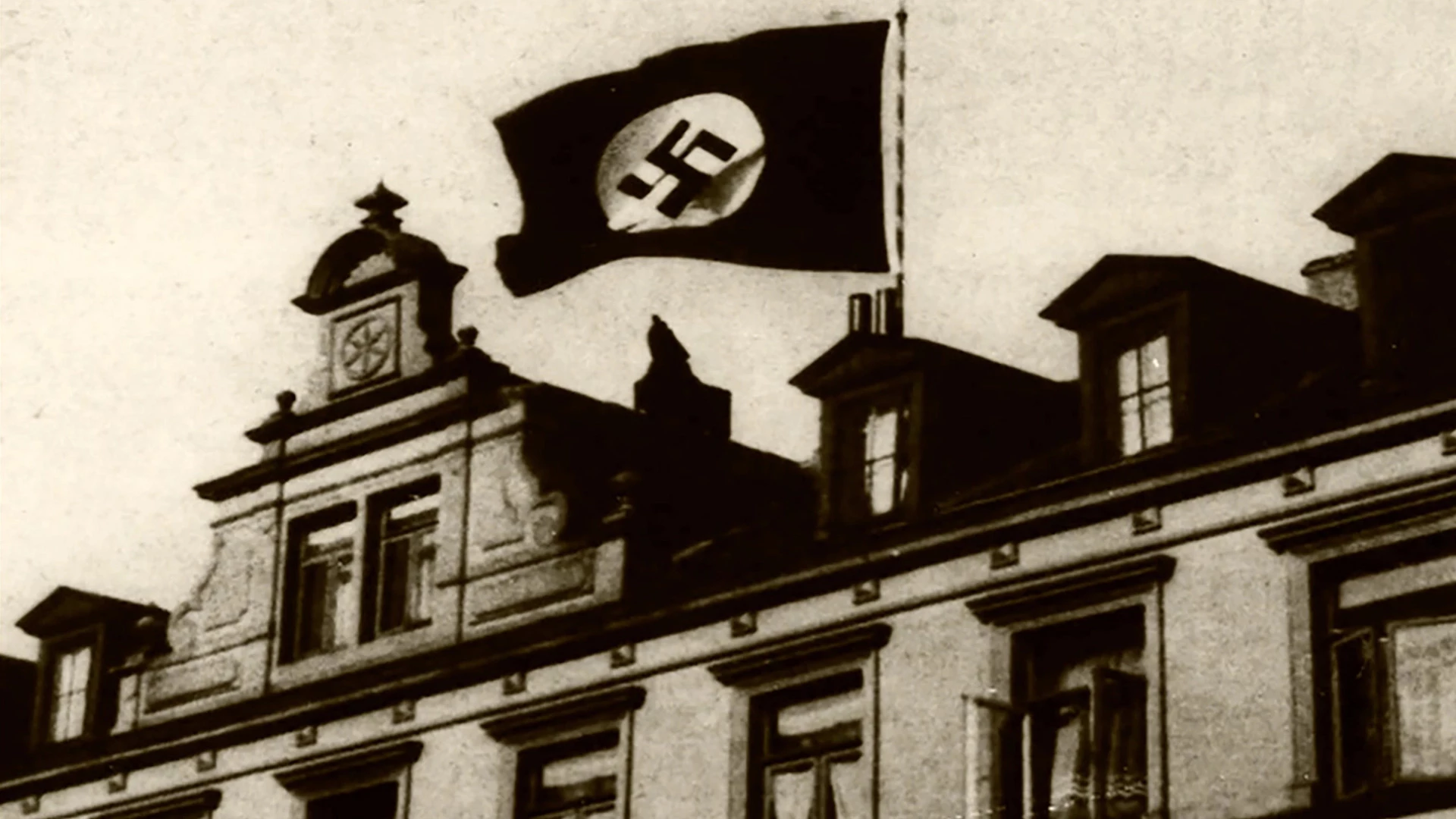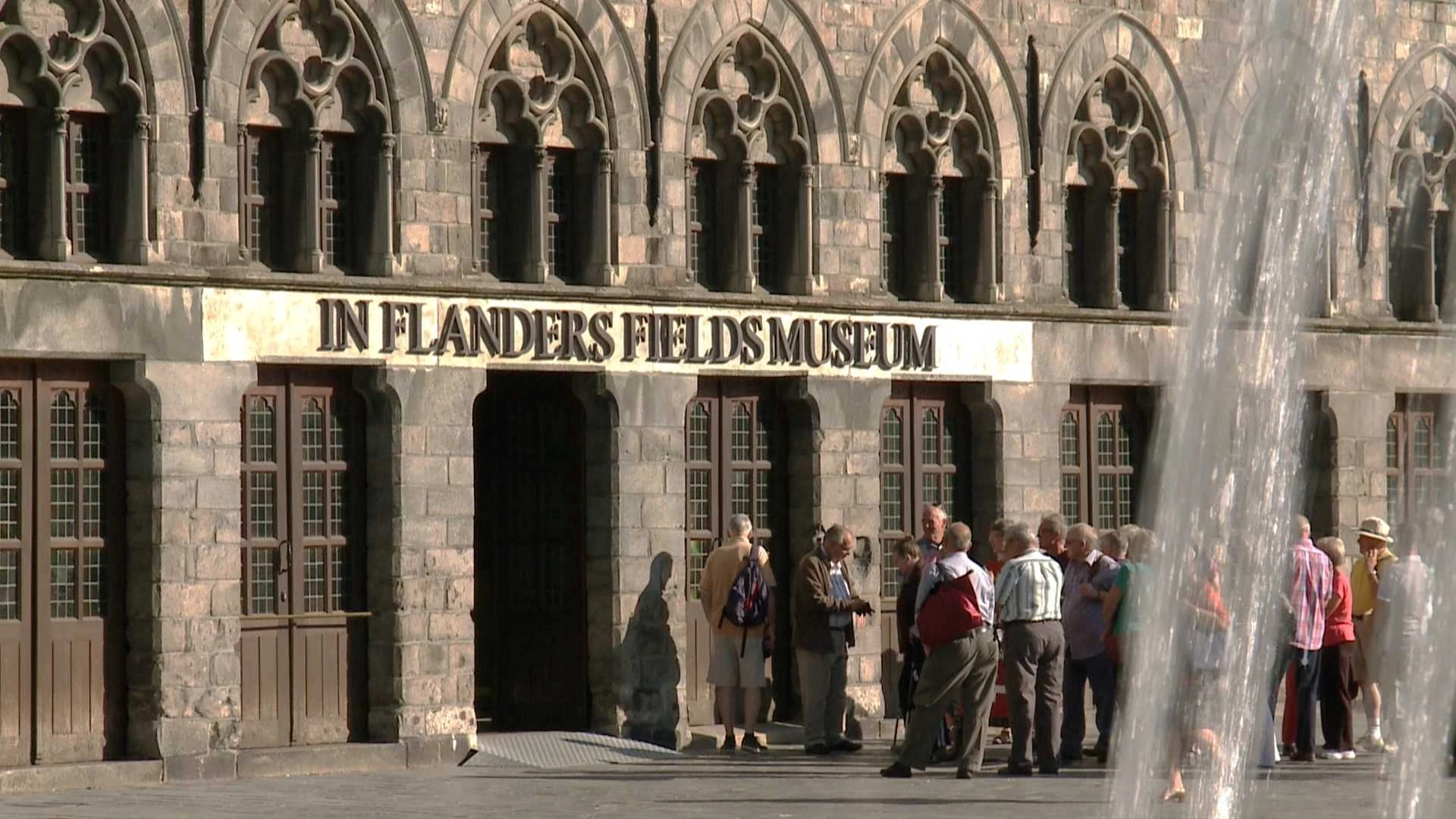20. Jahrhundert: 1914-1945 | Erster Weltkrieg
War on the Western and Eastern Fronts
The First World War has two faces: In the West, it turns into grueling trench warfare after only a few weeks. Over a distance of 750 kilometers, soldiers are entrenched in ditches and holed up behind barbed-wire. Every offensive turn into widespread death - not only in Verdun and the Somme. By 1916, over 5 million men have fallen, or been seriously wounded on the Western Front. The war in the East is different. It is a war of movement with advances in open country. The technically superior German army maintains the upper hand under Generals Hindenburg and Ludendorff, while, the Russian Tsar is relying on ever new supplies of soldiers from his vast empire. With devastating consequences for the populace in the multi-ethnic border regions.
mehr
weniger
Troops, offensives, attacks, battles, Belgium, France, artillery, widespread death, trenches, No Man’s Land, Ypres, poison gas, chemical weapons, front, inferno, barrage, shells, industrialised war, flame throwers, terrain gain, gaining terrain, Great Britain, England, British army, British soldiers, major offensive, artillery fire, German artillery, trauma, psychological damage, Shell Shock, Battle Fatigue, Advance, generals, officers, East Prussia, Russia, army, armies, troops, soldiers, Tsar, German Reich, Germany, German Empire, Paul von Hindenburg, Erich Ludendorff, strategy, armaments, prisoners-of-war, Ottoman Empire, the Habsburg Empire, Russian Empire, multi-ethnic, Austria-Hungary. Russia, occupying powers, civilian population, ethnic minorities, spies, traitors, Jews, pogroms, deportations, scorched earth policy, Galicia, Poland, Ukraine, exploitation, food, raw materials, forced labour, occupiers, occupying power, colony, Tsarist empire
Geeignet für die Fächer:
Geschichte
Empfehlung der Medienbegutachtung Baden-Württemberg für den Geschichtsunterricht


